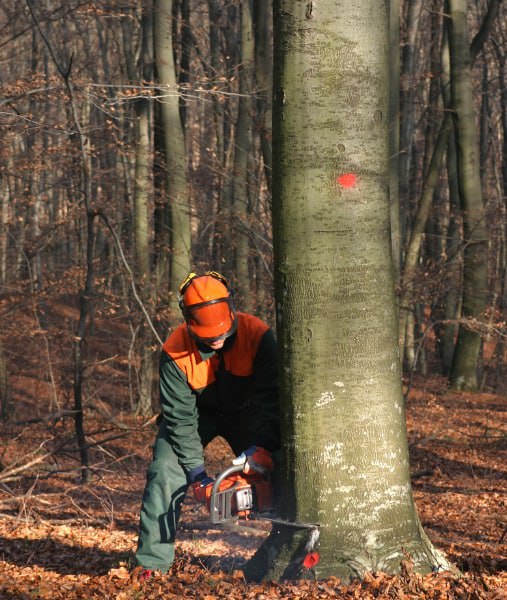
Tree care isn’t just about pruning; it’s a science that involves understanding trees’ biology and growth patterns. One of the essential techniques in tree maintenance is crown reduction, a systematic approach that enhances tree health and ensures safety and aesthetic appeal. In this blog post, we delve into the science behind tree crown reduction to help you understand its importance and benefits.
What is Tree Crown Reduction?
Tree crown reduction is a specialised pruning technique aimed at selectively reducing the size and shape of a tree’s crown. The crown refers to the tree’s upper part, including its branches, foliage, and overall canopy. Unlike topping, which involves drastic and often harmful removal of large branches, crown reduction is performed with precision and care to maintain the tree’s natural form while addressing specific objectives:
- Structural Integrity: Over time, trees can develop dense canopies that become structurally unsound. This density increases the risk of branch failure during storms or under the weight of snow or ice. Crown reduction reduces the tree’s weight and wind resistance, enhancing its structural stability.
- Safety and Risk Management: Trees with overextended branches can pose risks to buildings, power lines, pedestrians, and vehicles. Crown reduction reduces these risks by trimming excessive growth, making the tree safer and more manageable.
- Health and Vigor: By selectively pruning the upper canopy, crown reduction improves light penetration and air circulation within the tree. This promotes healthier growth throughout the tree and encourages the development of new foliage and shoots.
The Science Behind Crown Reduction
- Tree Biology: Understanding how trees grow and respond to pruning is crucial. Trees have natural growth points and nodes where new growth occurs. Crown reduction involves strategically pruning back to these points to minimise stress and encourage healthy regrowth.
- Pruning Techniques: Certified arborists employ specific techniques such as drop-crotch and directional pruning to ensure that cuts are made correctly and minimise damage to the tree’s structure.
- Response to Pruning: Trees respond to pruning through compartmentalization—a process where they seal off wounds to prevent decay and infection. Properly executed crown reduction promotes efficient compartmentalisation, reducing disease risk and enhancing the tree’s healing ability.
Benefits Beyond the Tree
- Aesthetic Appeal: Crown reduction enhances the natural shape and beauty of trees, making them more visually appealing and fitting harmoniously within their surroundings.
- Environmental Impact: Crown reduction contributes to safer and more sustainable urban environments by maintaining healthy trees with reduced risks of branch failure.
Conclusion: Tree crown reduction is not just about improving aesthetics or managing tree size; it’s about understanding the science behind tree growth and health. By investing in professional crown reduction services, tree owners can ensure their trees’ longevity, safety, and beauty while contributing to the health of our urban and natural environments.
Call us on: 01892 352895
Click here to find out more about PW Tree Surgeons
Click here to complete our contact form and see how we can help you with your tree’s needs.